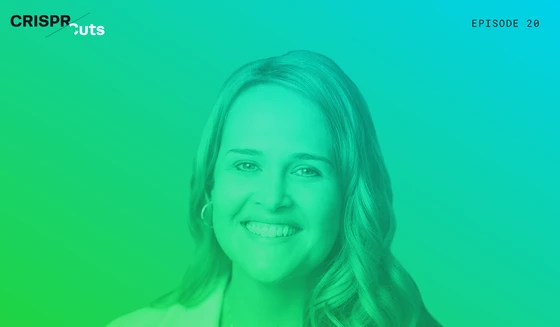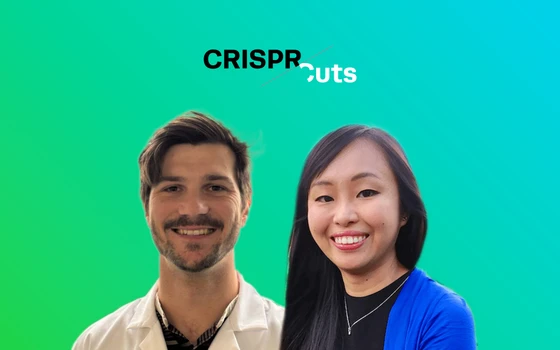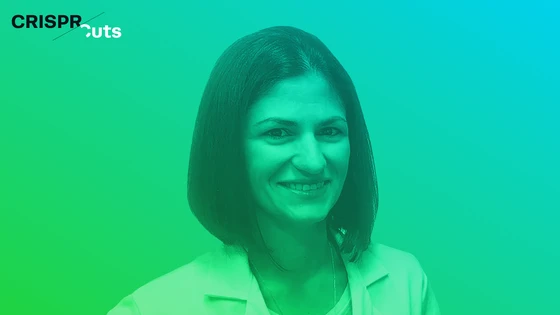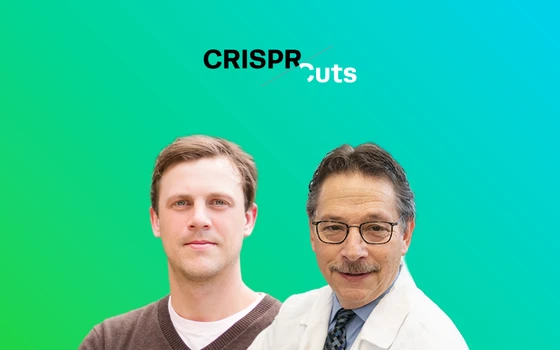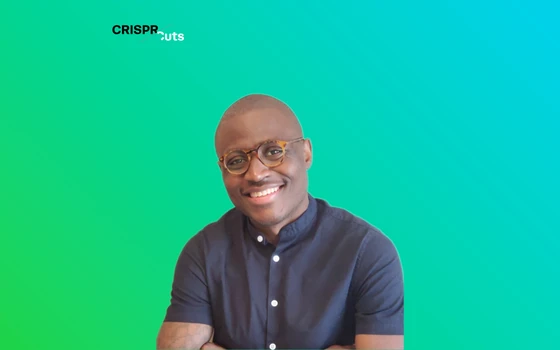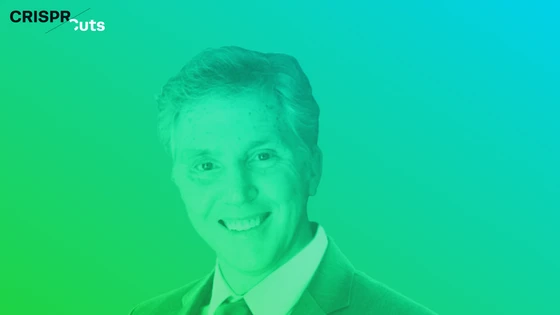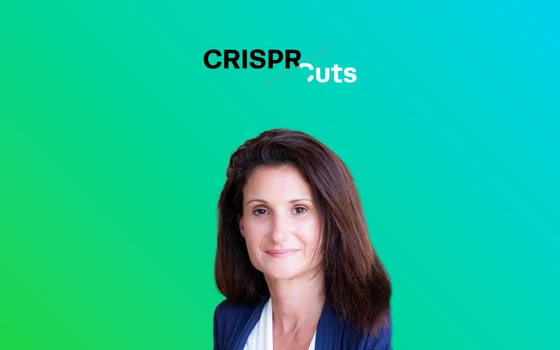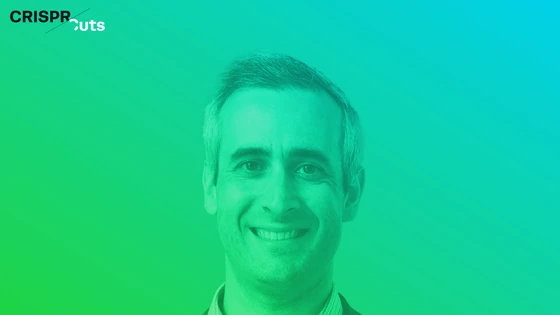Shondra Pruett-Miller, Ph.D., is the Director of the Center for Advanced Genome Engineering at St. Jude Children's Research Hospital. Dr. Pruett-Miller has worked extensively in the genome engineering field, particularly in zinc finger nucleases (ZFNs), TALENs, and CRISPR over the last 15 years.
In this interview, she talks about her genome engineering background, her experiences of starting shared resources at Washington University and St. Jude Children's Research Hospital, her current research projects, and the future of genome editing.
Read on or tune in to listen to the interview. The choice is yours!
Brittany Enzmann: Could you tell us a little bit about your background?
Shondra Pruett-Miller: I have been doing genome engineering my whole scientific career. I did my Ph.D. on zinc finger nucleases, which is kind of like the grandfather of CRISPR-Cas9, at Matthew Porteus' lab. We were doing protein engineering at the time, trying to get zinc finger nucleases to actually cut some specific site in the genome. I spent five years basically making a pair of zinc finger nucleases that would cut GFP. It was very exciting at the time, but it quickly became outdated.
After graduate school, I worked for Sigma-Aldrich on their composer ZFN technology. It was an exciting time for me because I had been doing protein engineering, but now I could actually do genome editing for the first time.
We were able to make point mutations and do some of the first different types of editing. We published a paper with collaborators, where we were using single-stranded oligo donors, which almost everybody uses now. We were one of the first ones to do that and show that we could do it with high efficiency using zinc finger nucleases.
In 2012 (still pre CRISPR), I decided that I wanted to start a shared resource. At the time, zinc finger nucleases were so expensive that people weren't really able to access them, especially in academia. I think zinc finger nucleases were like $25,000 for just two plasmids at the time. This was frustrating for me because I thought that people need to access this game-changing technology.
So, I went to Washington University, and I pitched the idea of starting a shared resource. I told them that people don't want it to become genome engineering experts; they just want their cell line, screen, or animal models. They mainly want to continue asking the questions that they are experts in. They just want the tool for most parts.
I convinced them to start the Genome Engineering iPSC Center, which is still going strong.
In 2017, I got a call from St. Jude about starting a similar resource for them. I was not interested at first, as I was actually six months pregnant with my second child at the time. I had started this core of the GEiC, and I cared about the people and what we were doing.
Eventually, I did end up moving to St. Jude Hospital because it's kind of a really special place to do research. I have to say it's like a magic fairy tale land to do research, especially for a shared resource.
We are given dedicated R & D time, and we are institutionally subsidized. Most academic groups' shared resources pay their own way, i.e. the services that they provide pay their salaries and reagent costs. But at St. Jude, they guarantee our salaries and give us money to actually do the science that we need to help everybody. The ability to have a dedicated R & D budget helps us to not only do genome editing for other people, but also to add back to the field and keep at the forefront of it.
Sally Floyd: That's great. Could you tell us about a couple of your ongoing research projects?
Shondra: We do a lot of things to improve efficiency. We have some ideas about how to get longer inserts. One of the really hard things about CRISPR is when you are trying to knock something in, it's fairly easy to do something small but it gets more difficult as the insert size increases. One person in the lab is working on how to get longer inserts in, while another one is working on increasing the overall rates of HDR. One strategy for the latter includes enriching the donor concentration in the nucleus.
One of the most exciting things that we are working on is a Cure Sickle Cell Initiative. St. Jude is a research hospital; I think there are about 800 sickle cell patients that we see at St. Jude. So, the hospital has actually partnered with several other groups, internal as well as those outside of St. Jude. So we basically can work towards making a therapeutic for sickle cell disease.
We are really working forward to hopefully going to a therapeutic in the coming years. That's one of the more exciting things that we are doing that's more closely related to translational medicine.
Brittany: Wonderful. Can you tell us a little bit about the different technologies that you have tried with CRISPR editing? How did you come across synthetic guide RNA, and how does that work for you?
Shondra: We actually were making our own guide RNAs for five years. We would mostly do plasmid cloning where we take two oligos, anneal them together, cut the backbone with a Type II restriction enzyme, and then basically pop them back into the plasmid. That works, but it takes probably four hours of hands-on time over the course of about three to five days. The limitation was the people weren't able to synthesize the long RNA.
Alternatives such as synthetic RNA were attractive to us, but we needed to be able to do it quickly. We can make these plasmids or do in vitro transcription (IVT) fairly quickly, but the synthetics at the time were very expensive. You had to get quite a lot of quantity, but we don't really need a lot. We are trying to make cell lines for folks, or we are trying to make animal models for folks, and we don't want to have to wait a month to just get the guide. So that's why we were making them ourselves.
When Synthego came on the scene—I think we made our first order to Synthego in October of 2017—they basically gave us a quick turnaround time. I think we were beta testing the smaller scale early on. From then on, I guess the rest is history.
"Instead of doing cloning, picking bacterial colonies, doing mini preps, etc., we were able to make more cell lines and make more animal models, and do more research. "
We are always thinking about how we can shave off a few minutes or days or whatever.
Sally: CRISPR is a relatively young technology, but it has made a pretty big impact as you have mentioned already. What do you think the next five years will look like, and where do you think the field is heading?
Shondra: That's an interesting question. I guess there are multiple areas that you can think about.
I think about basic science and experimental biology and research purposes. I think it's only getting faster, more efficient, and cheaper, which is really democratizing research in a lot of different ways. I think CRISPR has probably been the biggest discovery since PCR.
The next step is to see if we can do things more efficiently to make cell lines so that people can understand a biological process or ask a biological question? SpCas9 and all the variants and orthologs of CRISPR nucleases are pretty darn good, but we worry about off-targets, especially for therapeutics.
Clinical trials are already going on with CRISPR Cas-9. I think researchers are starting with blood and eye-related diseases because they can easily access the right cells. I think one of the biggest limitations of CRISPR as a therapeutic is delivery. How do you get it to the right cells?
Overall, I would say the sky is the limit. There is just huge potential in diagnostics, agriculture, and therapeutics. Just the ability to be able to go into a complex genome and make precise modifications is huge, and I think we are only going to get better.
I also think we will see a lot of ethical questions in the next few years. We can do a lot of things with technological advances, but assessing what we should do is equally important.
Brittany: All right, thank you so much. We are so happy that you were able to join us today on CRISPR Cuts. It was amazing hearing about your research and the great things you are doing at St. Jude.
Shondra: Thank you so much for having me!
